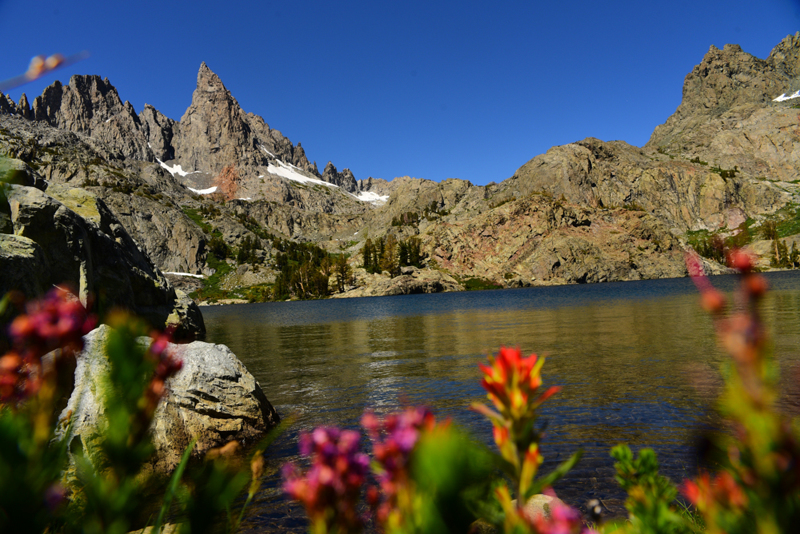
ACE Pacific West North has a unique backcountry crew that works in partnership with the Inyo National Forest. The crew is comprised of two corpsmembers, Adrian Guizar and M.J. Aquilar and one crew leader, Jesse Wherry. Wherry led the project last season and was a corpsmember on the crew back in 2017. This small but mighty crew of three has been working in the backcountry of the Inyo National Forest for the last several months and will be finishing their season mid-October. You might be able to find them anywhere from three miles to twenty miles into the backcountry logging out trails, building rock structures, and performing general trail maintenance.

We caught up with the crew while they were logging out a section of the John Muir Trail and a section of the Minaret Creek Trail within the John Muir Wilderness and the Inyo National Forest. For this particular project, the crew’s supplies were packed in by mules but often times the crew will be carrying all of their tools, food, and camping gear for the duration of their eight-day project. In order for a crew such as this one to operate successfully, it requires a lot of planning from our project manager, Rory Mclaughlin and the crew leader, Jesse Wherry. Every detail from water sources to be filtered at camp to the location of logs on the trail that need to be removed from the path are worked out before the crew heads into the wilderness, often in locations without cellphone reception.



The crew is all trained in the use of the antique crosscut saw. These saws are required to be used over chainsaws when working in wilderness areas. Chainsaws are not only a disturbance to wildlife but they require gasoline and oil which would need to be hiked in in-addition to all of the other tools the crew carries. The crosscut is lighter and operates silently, making it the perfect wilderness tool. After crew clears logs from the trail making them passable for hikers and equestrians, they close off social paths that formed as a result of the down trees. It is important for conservation to keep one defined path so that the impact of recreation is concentrated in one area as opposed to having several social trails. The crew will be heading up to Mount Whitney in the coming weeks to work on the trail that leads to the highest point in the continental United States.

